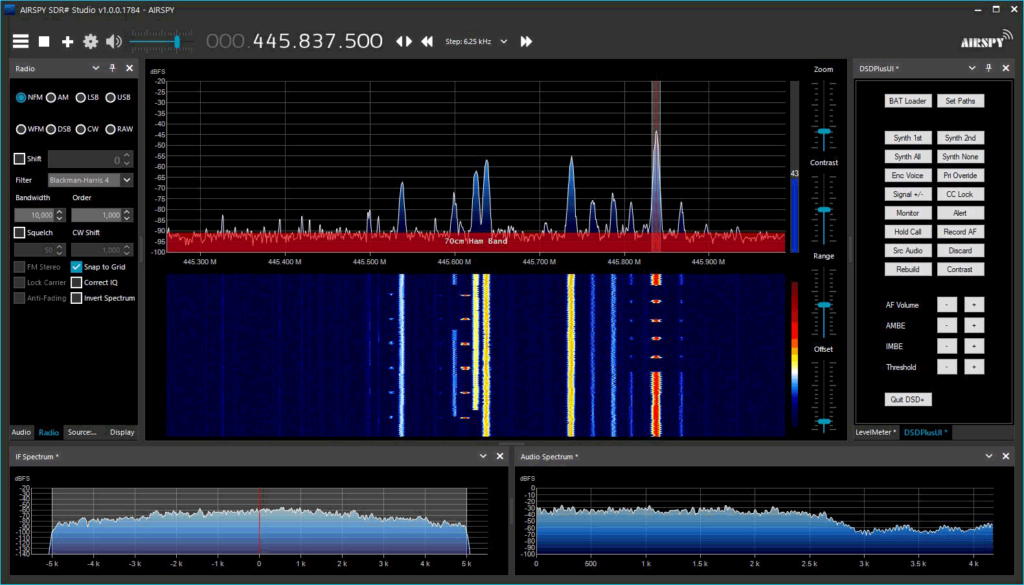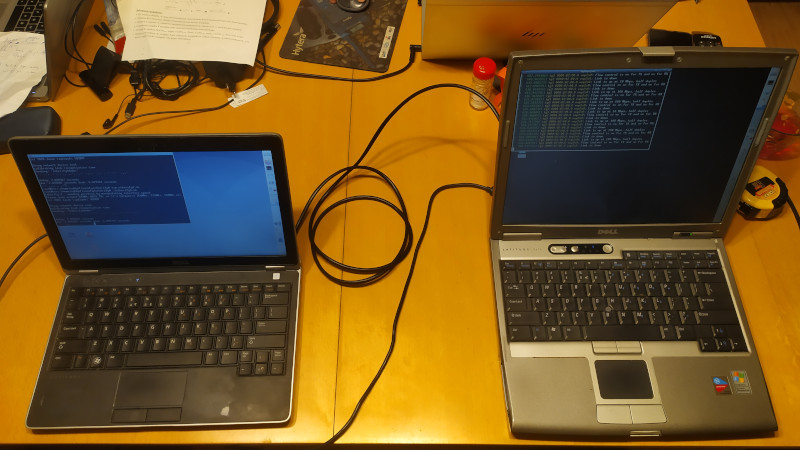SSTV from the International Space Station Scheduled for Dec 24 – Dec 31
Thank you to Maksim for submitting news that the International Space Station (ISS) will be transmitting Slow Scan TV (SSTV) in late December to celebrate 20 years of amateur radio operations onboard the space station. The ISS periodically transmits SSTV images during special events throughout the year. You can keep up to date on the ISS SSTV schedule on the ARISS-SSTV site.
An ARISS Slow Scan TV (SSTV) event is scheduled from the International Space Station (ISS) for late December. This will be a special SSTV event to celebrate the 20th anniversary of ARISS operations on the ISS. The event is scheduled to begin on December 24 and continue through December 31. Details to follow later. Dates are subject to change due to ISS operational adjustments.
With an RTL-SDR and a simple V-Dipole from our RTL-SDR Blog V3 antenna kit it is possible to receive these images when the ISS passes over. ISS passes for your city can be determined online, and the SSTV images can be decoded with a program like MMSSTV.



